

At Mineral County WV, we are dedicated to curating remarkable experiences and showcasing the hidden gems that make the USA a land of diverse beauty and extraordinary adventures. Our blog is your compass to navigate through a treasure trove of destinations, each offering its own unique charm, history, and natural splendor.
As you delve into our meticulously curated articles, you will uncover the wonders that await you within the vast expanse of the United States. From the towering peaks of the Rocky Mountains to the breathtaking canyons of the Grand Canyon, from the vibrant city streets of New York to the serene beaches of Hawaii, Mineral County WV will be your trusted companion in discovering the very best of what America has to offer.
We go beyond the well-known landmarks, seeking out hidden gems and off-the-beaten-path destinations that will ignite your sense of adventure. Whether you yearn to explore national parks, immerse yourself in cultural experiences, indulge in culinary delights, or seek adrenaline-pumping outdoor activities, our blog provides expert insights, insider tips, and immersive narratives to help you plan unforgettable journeys across the USA.
Mineral County WV is more than just a travel blog; it is a community of passionate explorers who believe in the transformative power of travel. We invite you to share your own American adventures, connect with fellow travelers, and contribute to a collective tapestry of knowledge and inspiration.
So, whether you dream of exploring iconic landmarks, immersing yourself in local cultures, discovering hidden natural wonders, or embarking on thrilling road trips, let Mineral County WV be your guide to uncovering the best places in the USA. Get ready to be captivated, inspired, and forever changed by the remarkable destinations that await you.
The United States is a vast tapestry of wonders just waiting to be explored. Join us at Mineral County WV as we embark on a journey of discovery, curiosity, and boundless exploration. Together, let's create unforgettable memories and forge a deeper connection to the incredible landscapes and cultures of America.


Discover the Best Chicago Hotels with Pool for Your Summer Getaway

Top Picks for Las Vegas Hotels with Hot Tub on Balcony to Elevate Your Vacation

Discover Top San Diego Hotels with Stunning Wedding Venues

Discover the Top Hotels near Mission Beach San Diego for Your Stay

Top Accommodations near Kaukauna WI: Find Your Perfect Hotel
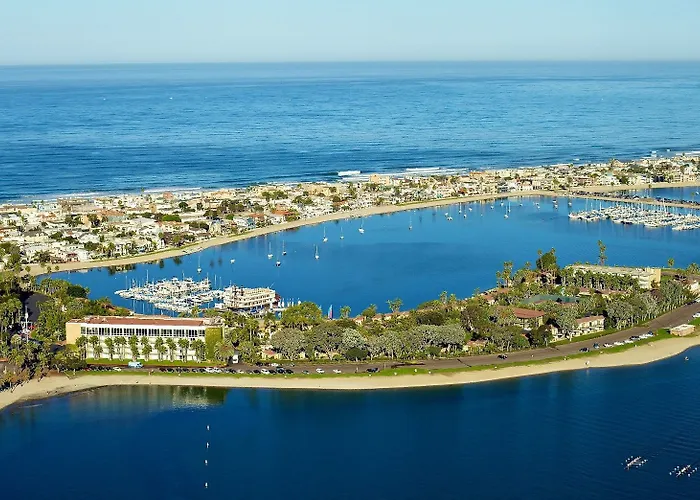
Best Affordable Hotels in San Diego for Budget Travelers
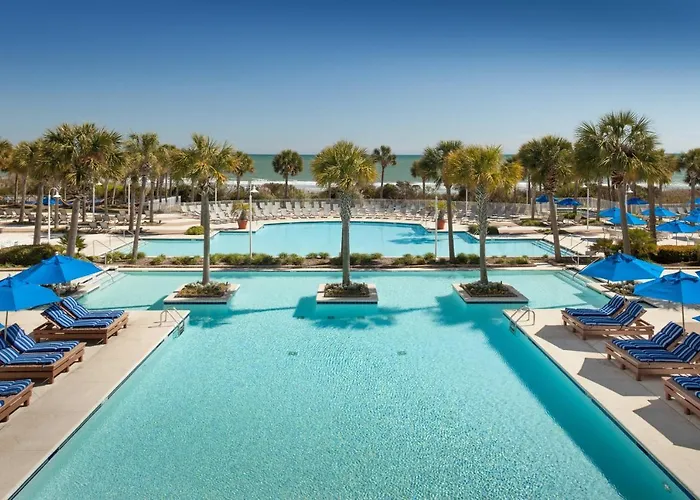
Discover Your Ideal Stay at Oceanfront Hotels in Myrtle Beach, South Carolina
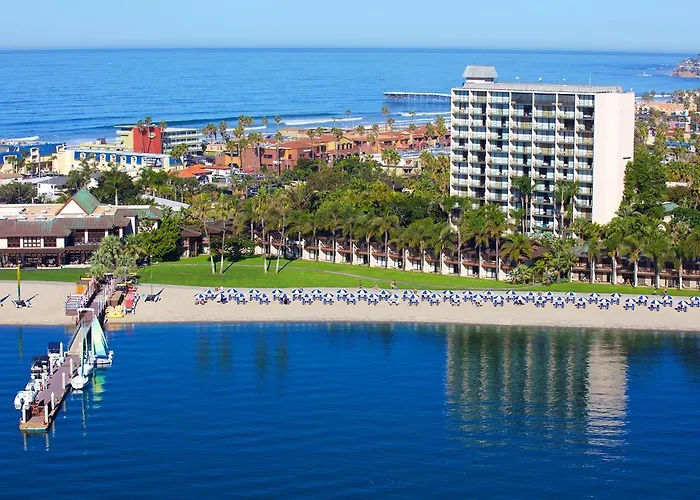
Discover the Top Beach Front Hotels in San Diego for a Perfect Getaway
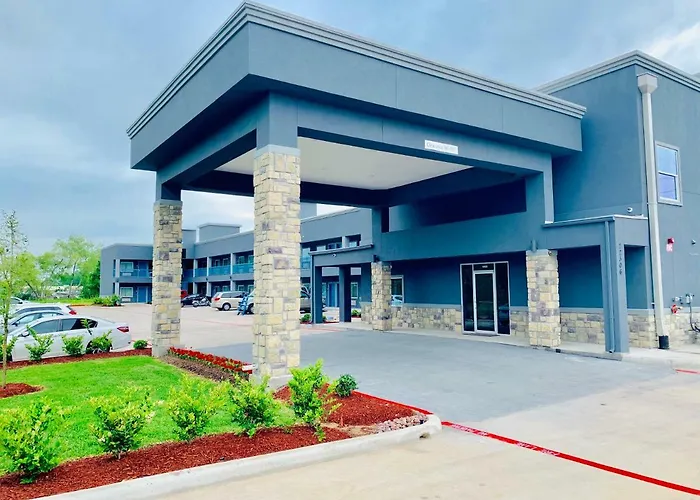
Best Accommodations Near Cleveland Baseball Stadium to Enhance Your Experience
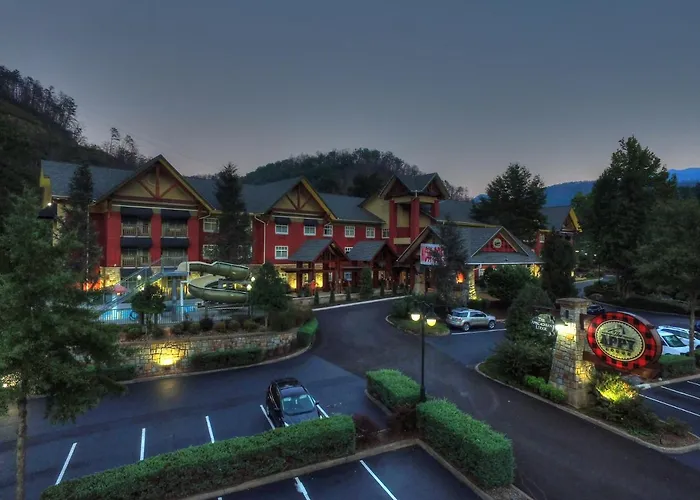
Discover the Top Hotels in Downtown Gatlinburg for a Memorable Visit
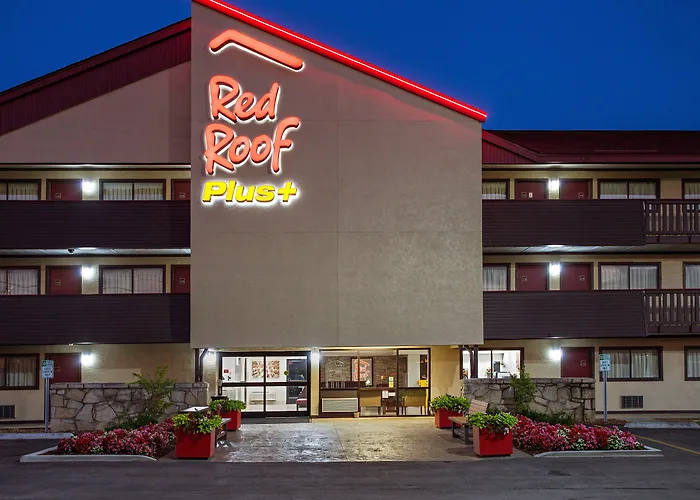
Best Hotels in Nashville, TN for Your Next Trip
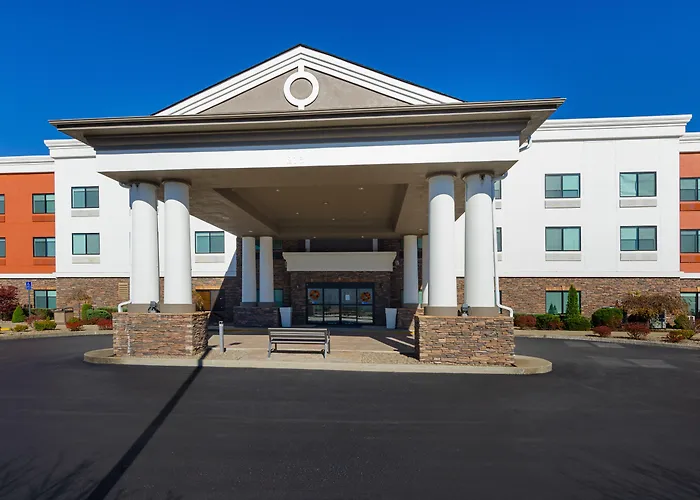
Top Accommodations: Hotels in Weston WV

Top Picks and Recommendations for Mount Vernon Hotels
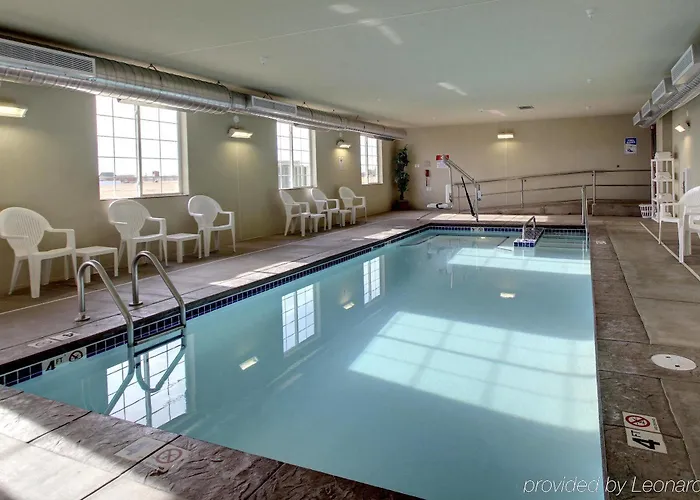
Best John Wayne Airport Hotels for a Luxurious Stay in Wayne

Affordable Accommodations near McCormick Place Chicago: Your Go-To Guide

Explore Top Accommodations: Hotels Near Madison TN

Top Hotels on Beach San Diego for a Perfect Coastal Getaway

Discover the Best Spring Lake NJ Hotels for Your Next Getaway

Discover the Ultimate Relaxation at Chicago Hotels with Soaking Tubs
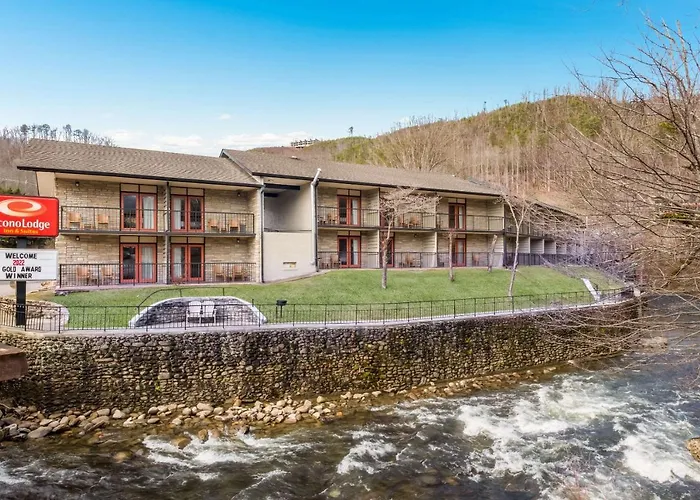
Affordable Accommodations with Indoor Pools in Gatlinburg TN

Top San Francisco Business Hotels for Your Next Trip
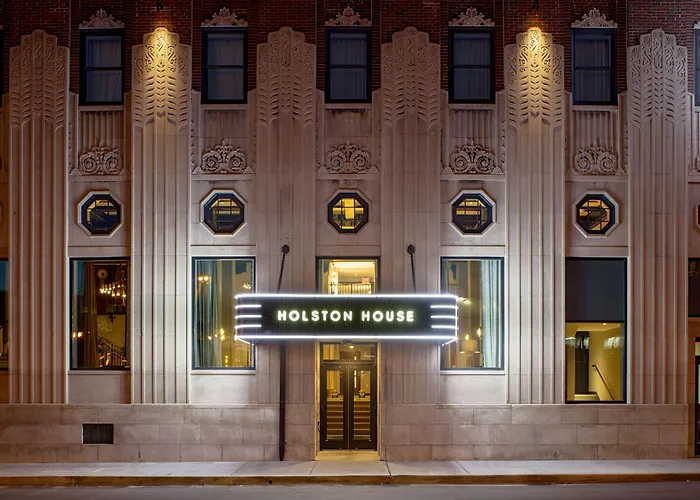
Unveiling the Top Accommodations in Nashville Tennessee Downtown

Best Hotels near Michigan Ave Chicago for Your Stay
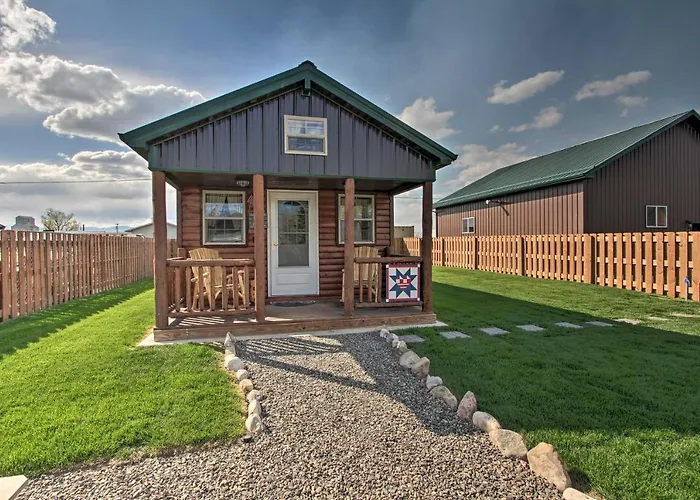
Top Accommodations Close to Augusta University Medical Center

Best Hotels Near Me in Gainesville, Florida for Your Stay

which hotels in las vegas have bed bugs

Discover the Top-Rated Accommodations: Best Hotels in SF

Discover the Best Hotels Near Woodstock Vermont for Your Stay
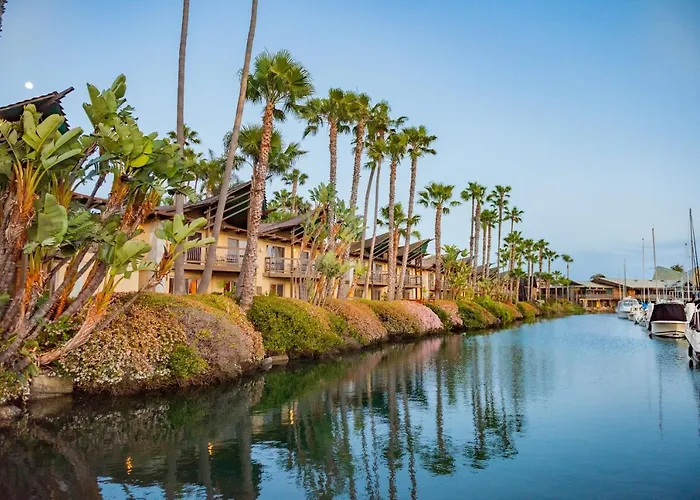
Discover the Ultimate San Diego Sea World Hotels Packages for Your Next Vacation

Top Accommodations near Celebration Pointe Gainesville FL

Best Hotels in San Francisco Near Airport for Convenient Stays

Best Accommodations near SF City Hall: Top Hotels in San Francisco

Discover the Best Bonita Beach Hotels for Your Perfect Stay
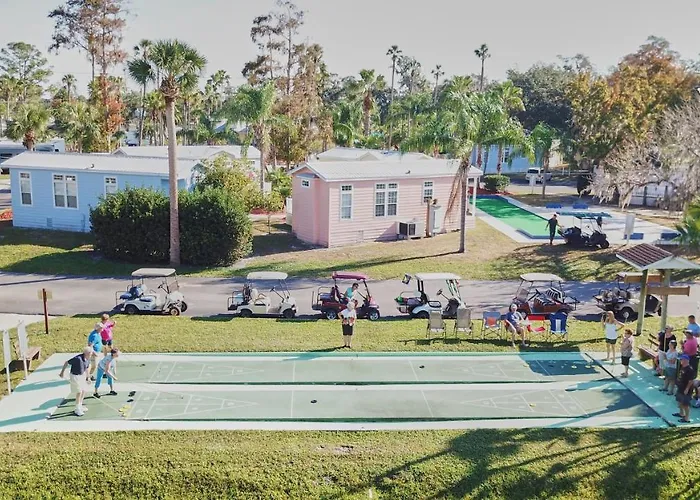
Discover the Best Accommodations in Celebration Florida: Hotels for Every Traveler's Needs

Immerse Yourself in the Captivating Charm of Virgin Hotels New York City through Photos

Convenient San Francisco Hotels with Airport Shuttle Options
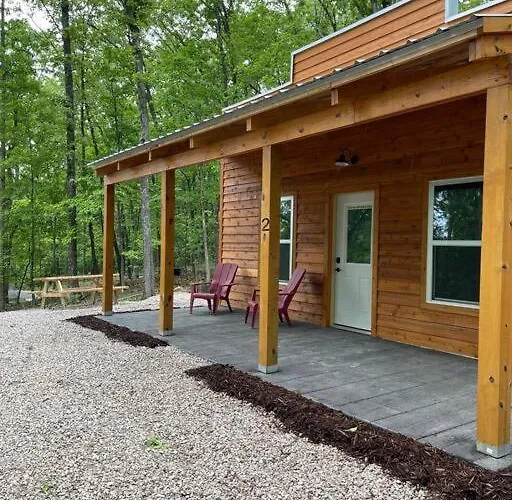
Unforgettable Accommodations: Hotels near Bourbon Trail in Bourbon

Your Ultimate Guide to Stockholm WI Hotels: Top Picks and Recommendations

Best Accommodations Near MGM Grand Las Vegas
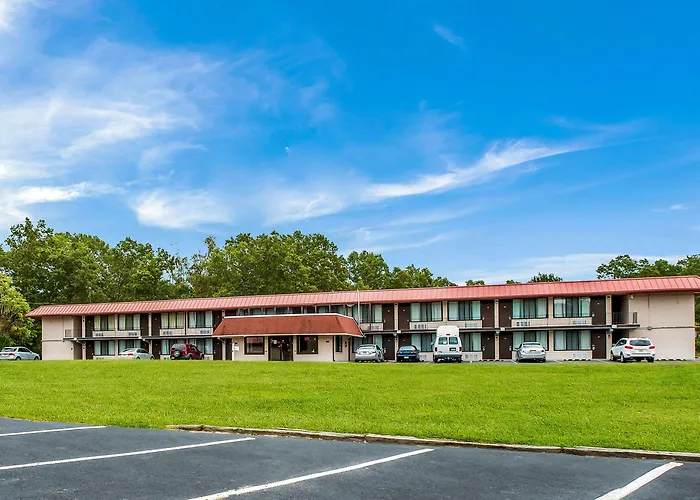
Find the Perfect Accommodations: Hotels near Hammonton NJ

Find Your Perfect Accommodation at Monterey Peninsula Hotels

Explore the Top All Suite Hotels in Las Vegas for Unforgettable Accommodations

Explore the Top Accommodations in Downtown Las Vegas Hotels and Casinos
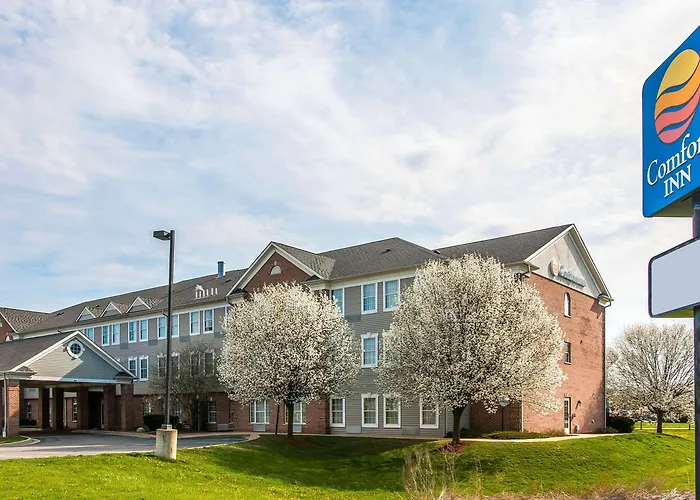
Explore Top Hotels in Chelsea for a Memorable Stay
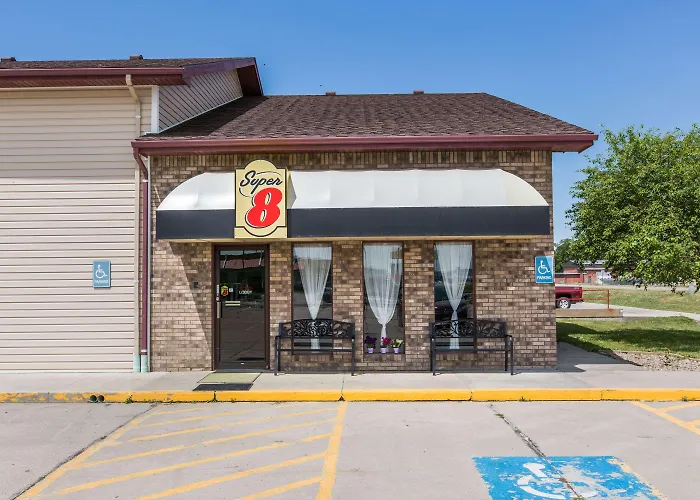
Best Hotels near Fort Wayne Zoo to Enhance Your Stay in Wayne, United States

Top Accommodations in the San Francisco Financial District

Best New York City Manhattan Hotels - Top Picks and Recommendations

Top Accommodations: Hotels in Chelsea MI for Every Budget and Preference
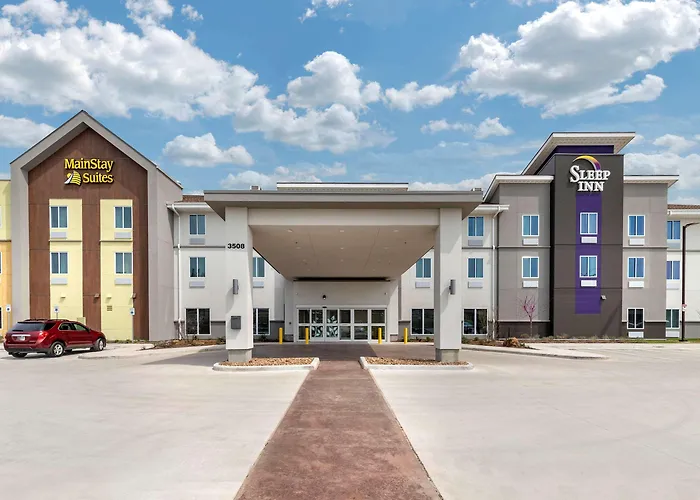
Top Accommodations Near Amish Country in Lancaster PA

Explore Top Accommodation Options near Chicago Union Station Amtrak

Luxury Hotels in Nashville: The Ultimate Guide for an Opulent Experience

Unveiling the Heights: Tallest Hotels in Chicago for Unforgettable Accommodations

Discover the Top Suite Hotels in Chicago for Your Next Trip
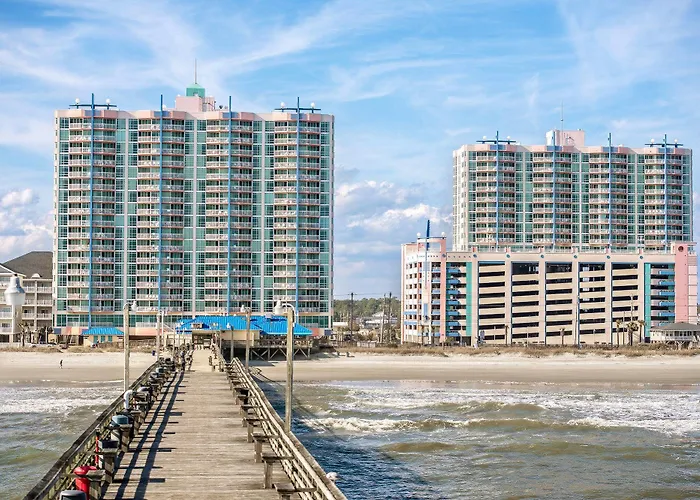
Experience Luxury and Convenience at North Myrtle Beach Oceanfront Hotels with Free Breakfast
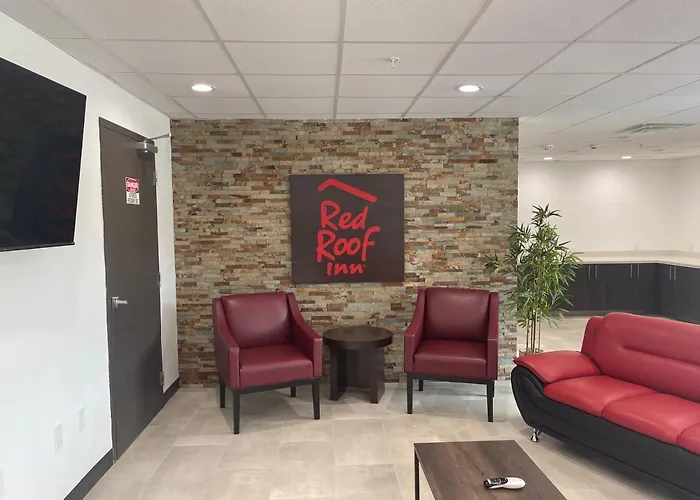
Affordable Accommodation Options near Lancaster PA
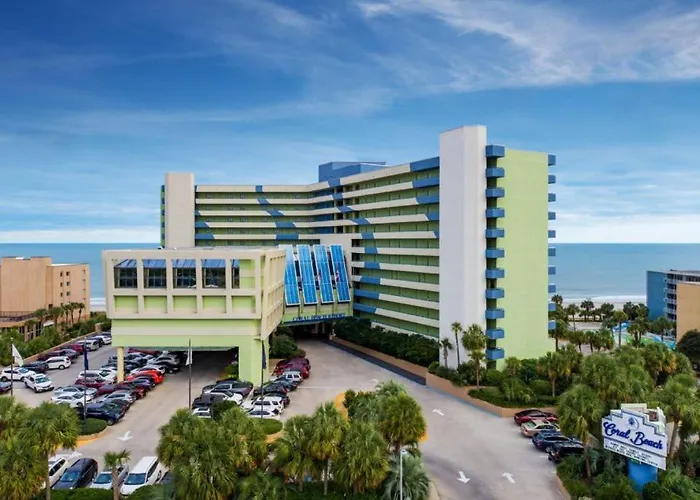
Best Hotels by Myrtle Beach for Your Perfect Getaway

Discover the Best North Fork Hotels for Your Next Getaway

Discover the Best Gold Coast Chicago Hotels for Your Stay in the City

Find the Best San Diego Convention Hotels for Your Trip

Discover the Best Lancaster Resort Hotels for Your Perfect Getaway

Discover the Best Luxury Hotels in Chicago for a Lavish Stay

Discover the Best Pet Friendly Hotels in Nashville, TN for Your Furry Friend's Stay

Discover the Best Accommodations Near West Side Market Cleveland
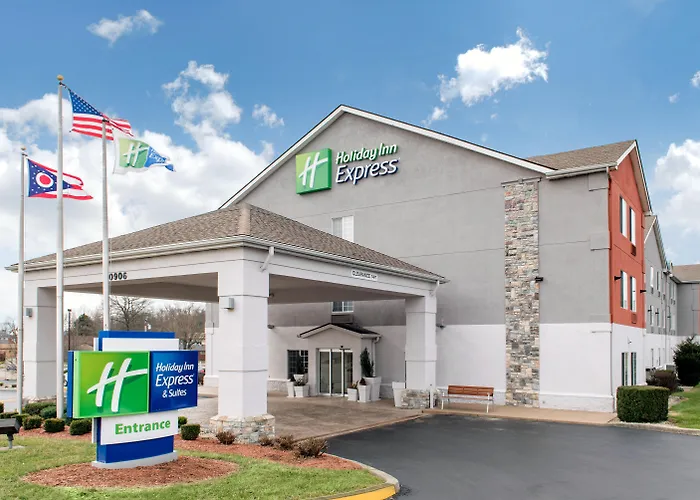
Explore Top Accommodations near Harrison, MI
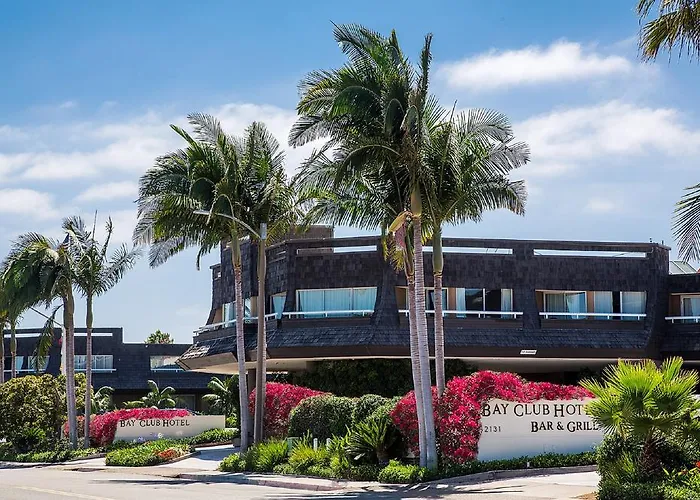
Best Shelter Island Hotels in San Diego for Your Stay
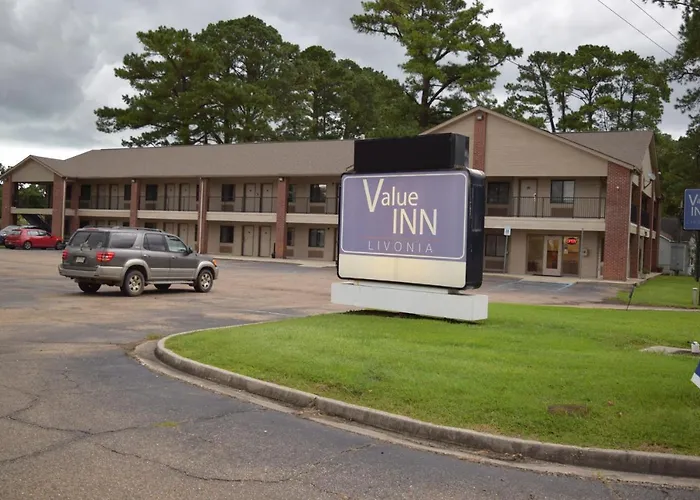
Discover the Best Courtyard Hotels in Livonia for Your Next Stay

Best Ocean Beach San Diego Hotels for Your Stay in California

Hotels Montross VA: Discover Top Places to Stay in Montross

Discover the Top-Rated Hotels in Rockaway Beach, NY

Discover the Top Marriott Hotels in Key West for Your Perfect Stay

Discover the Best New Castle Wyoming Hotels for Your Next Trip to Wyoming

Discover the Top Hotels with Early Check-in in San Diego for Your Next Stay

Discover the Best Hotels near Sight and Sound Lancaster in Pennsylvania
